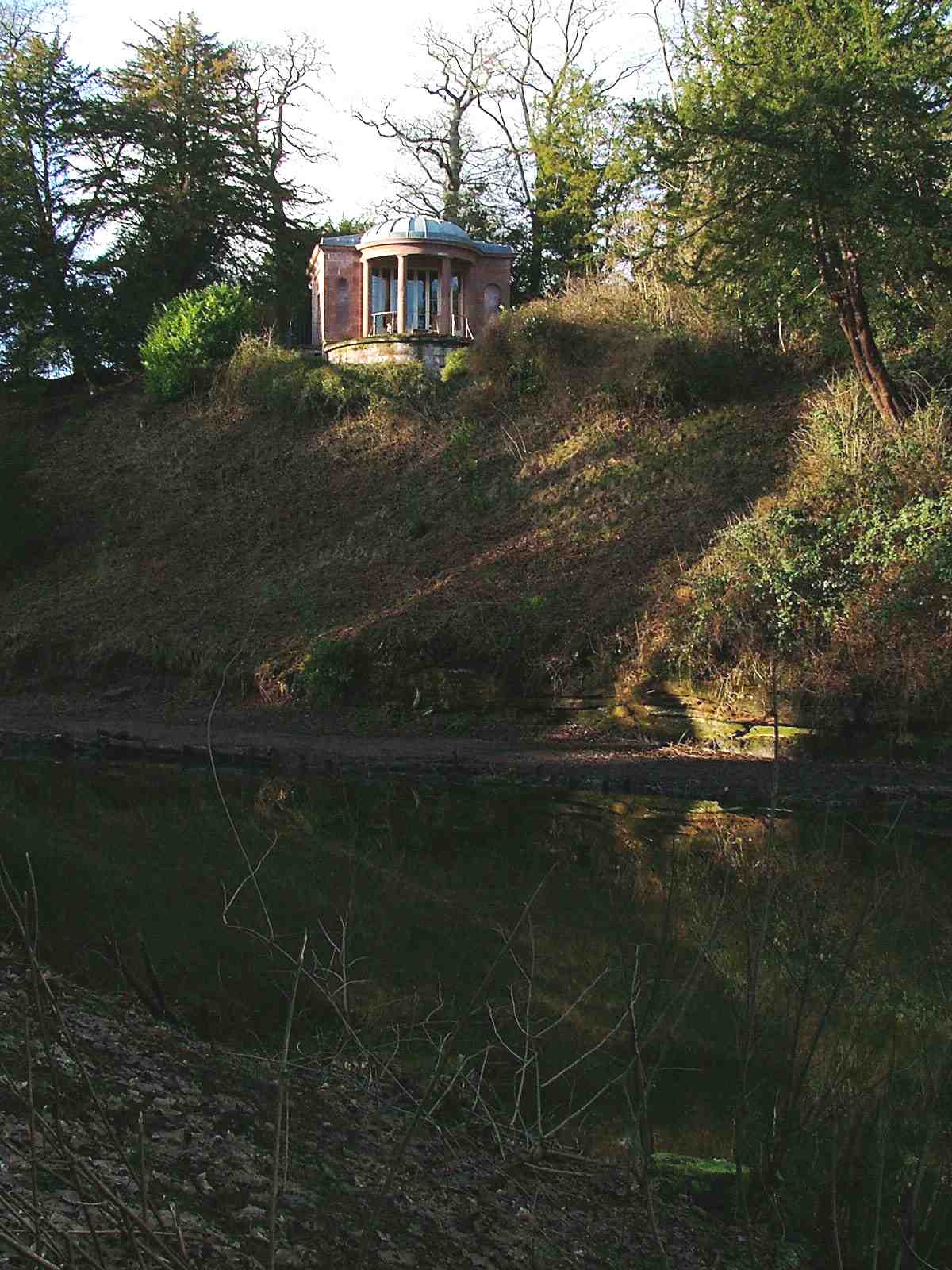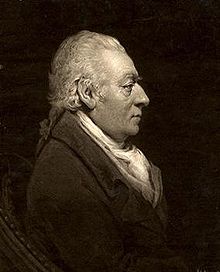Dingle & the Birdhouse
Badger Dingle
William Emes was the creator of the picturesque landscape at Badger Dingle. At that time the word 'picturesque' was redefined as an aesthetic quality; characterised in the landscape garden by dramatic scenery, deep chasms and dense woodland.
Emes (d. 1803) was an admirer of Capability Brown, and he had recently completed the gardens at Dudmaston in a style similar to Capability Brown. Inspired by the dramatic ravine garden at Downton Castle in Herefordshire, Emes' transformation of the deep gorge at Badger was one of his most successful designs.
Further additions and improvements were made in 1806 by Emes' partner John Webb (d. 1828). As well as damming the brook to form three long, ornate pools, Webb created a network of paths and installed several architectural features such as the boathouse, Rotunda, an icehouse and caves. In 1828 the dam burst after a storm,and men from the Isaac Brownes' coalfield manor of Malinslee (in Dawley) spent nine weeks reconstructing the Dingle.In the mid 19th century other alterations were made: the original boathouse was replaced or supplemented by ones on the Middle and Upper pools; a pond was made north of Upper pool to provide a waterfall down the Dingle's side; and various walls, caves, and gateways were made in the side of the Dingle. Badger mill on the north side of the main dam, built probably in the 1830s, was perhaps designed as a scenic addition to the Dingle; a rock cut path, with a bridge over the main Dingle path.
The Birdhouse
The Birdhouse was designed circa 1783 as an architectural ornament, viewing platform and place of resort. Constructed of local sandstone, the building had a basement containing a service area and a main salon above with views out over the pool. The salon was heated by flues in the rear apsidal wall, which conducted heat from fires in the basement, a system based on the Roman hypocaust.
Gracilla Boddington, who lived at Badger Hall during the 1820s, describes idyllic summer evenings entertaining at The Birdhouse and rowing on the pool. The estate later passed to the Capel Cure family, who used The Birdhouse until the 1930s, most notably for their curious exercise in role reversal - an annual tea party in which they waited on their servants!
The Birdhouse fell into ruin after WW2 and was restored by the Vivat Trust and the then owner. It passed into the hands of The Landmark Trust in 2016 and is now occupied as holiday accommodation for two people.
Grateful thanks to The Landmark Trust and Britsh History Online for historical references and text excerpts


